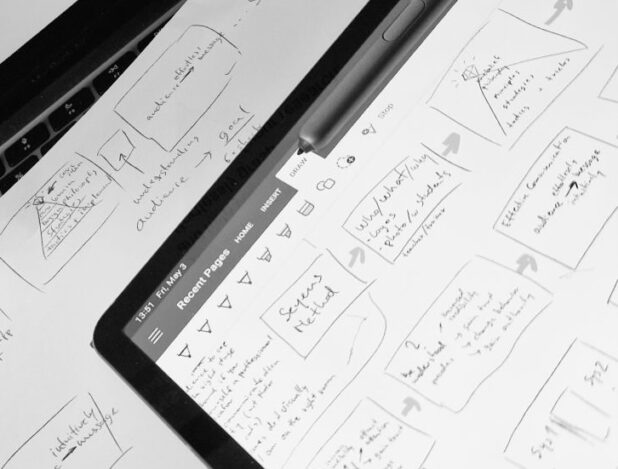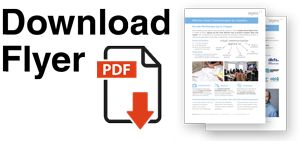Streamline Your Scientific Presentations: Always Start on Paper
One common mistake that many scientists make when creating presentations, images, and posters is jumping straight into the software. When faced with the need for a scientific figure, the instinctive reaction is often to open Illustrator or Biorender. Similarly, when preparing a presentation or poster, PowerPoint becomes the immediate go-to tool. Though it might be tempting to start with digital tools, this approach can actually slow you down.
The Problem with Going Digital First
Softwares provide an abundance of options:
50 different line widths and types…
100 typefaces…
1 million colors…
Gradients…
Shadows…
This excess of choice often leads to decision fatigue, rather than facilitating the design process. You get tired of making decisions, which can decrease your overall productivity. Furthermore, the phenomenon of choice overload can overwhelm us, making it difficult to decide on the best course of action.
Your primary goal in any scientific presentation or visual should be to convey your core message clearly and effectively. With so many possibilities, it becomes easy to lose sight of what’s truly important. This lack of prioritization results in wasted time and effort on less critical details, detracting from the overall quality of your work.
The Solution: Start with a Paper Sketch
To save time, create better designs, and reduce frustration, begin with a paper sketch. Doing this allows you to concentrate on your core message and build a solid narrative. Leave the software details for later, once the big decisions are already made. By sketching your ideas on paper first, you can quickly iterate on your concepts without the distractions of software options. This method encourages you to think deeply about the structure and flow of your presentation, ensuring that your narrative is both coherent and compelling.
Hundreds of the Seyens Method training students have shared that this simple step dramatically improves their design process. They report that starting with a sketch helps them clarify their thoughts, streamline their design choices, and ultimately produce more polished and effective presentations.
By adopting a more deliberate approach to your design process and avoiding the pitfalls of starting with digital tools, you can enhance the clarity and impact of your scientific presentations.
Remember, it’s not about the tools you use but how effectively you communicate your message.
So next time you start a new project, grab a pencil and paper first – you might be surprised at how much more efficient and creative you can be.



Add comment or question?